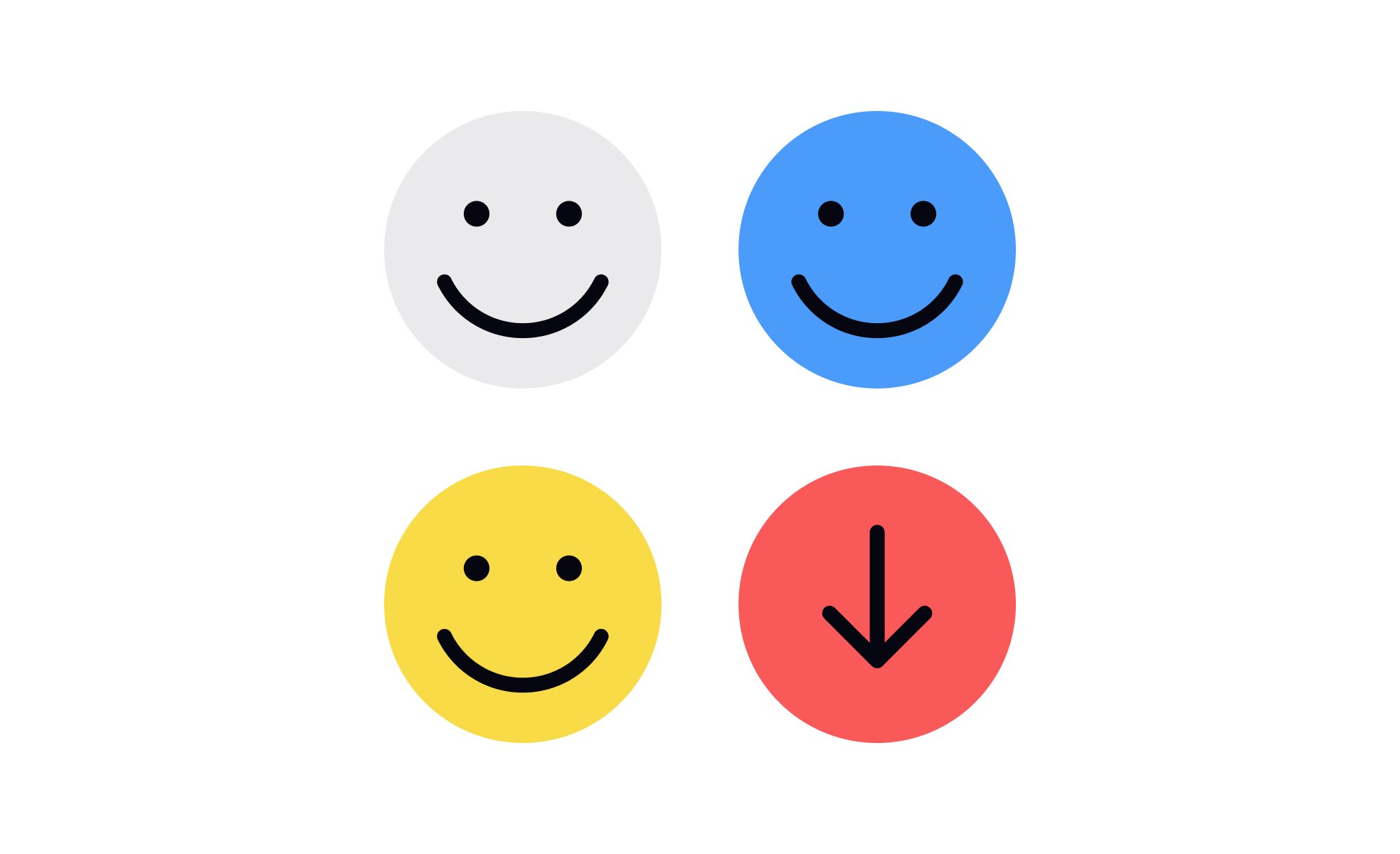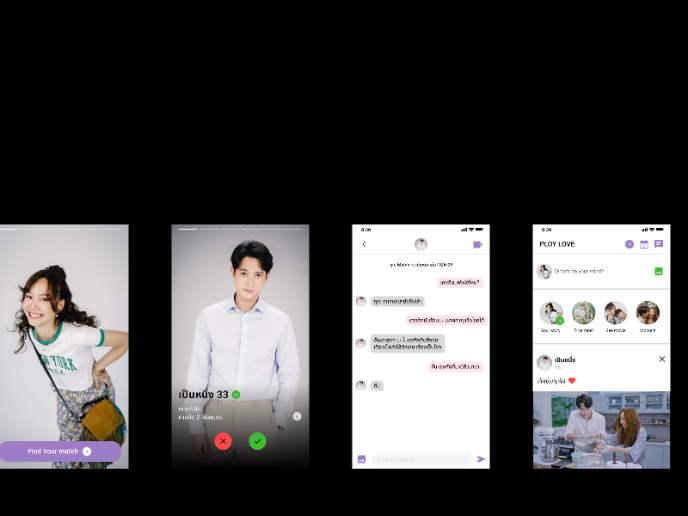Churn
Churn measures how many users or customers stop using a product during a period, highlighting retention gaps or product dissatisfaction.

What is Churn?
Your business struggles with sustainable growth because customers stop using your product or cancel subscriptions without clear understanding of why they leave, making it impossible to optimize retention strategies or predict revenue sustainability accurately.
Most companies track customer acquisition without systematic analysis of customer departure patterns, missing crucial insights about product-market fit and customer satisfaction that determine long-term business viability and competitive positioning.
Churn is the rate at which customers stop using your product or cancel subscriptions over a specific time period, providing essential metrics for understanding customer satisfaction, product value, and business model sustainability that guide retention strategy and resource allocation.
Companies tracking churn effectively achieve 40% better customer retention, 50% more predictable revenue, and significantly improved unit economics because retention strategies are based on actual customer behavior patterns rather than assumptions about customer satisfaction and loyalty.
Think about how successful subscription businesses like Netflix track churn patterns to optimize content strategy and user experience, or how SaaS companies use churn analysis to identify product improvements and customer success initiatives that drive retention and growth.
Why Churn Analysis Matters for Business Sustainability
Your customer acquisition efforts don't generate sustainable growth because customers leave at rates that make growth expensive and unpredictable, requiring constant new customer acquisition to maintain revenue rather than building on retained customer base.
The cost of ignoring churn compounds through every customer lost who could have been retained with better understanding and intervention. You waste acquisition spending replacing churned customers, miss opportunities to improve product-market fit, and risk business failure when retention doesn't support sustainable growth economics.
What effective churn analysis delivers:
Better customer retention and lifetime value optimization because churn analysis reveals patterns in customer departure that enable proactive intervention and product improvements that address root causes of customer dissatisfaction.
When churn is understood systematically, retention becomes proactive rather than hoping customers will remain satisfied without understanding what drives their departure decisions and satisfaction levels.
More predictable revenue and business planning through churn rate understanding that enables accurate forecasting of customer base evolution and revenue sustainability rather than unpredictable growth that depends entirely on acquisition.
Enhanced product development and customer success prioritization because churn analysis identifies product gaps and customer support needs that affect retention more than acquisition-focused improvements that might not drive loyalty.
Improved unit economics and profitability as retention optimization typically costs less than customer acquisition while generating higher lifetime value through longer customer relationships and increased usage over time.
Stronger competitive positioning and market differentiation through retention advantages that create sustainable competitive barriers when customers are more satisfied and loyal than competitor offerings.
Advanced Churn Analysis Strategies
Once you've established basic churn capabilities, implement sophisticated retention optimization and customer lifecycle management approaches.
Predictive Churn Modeling and Machine Learning: Use advanced analytics to predict churn risk with higher accuracy than simple behavioral indicators, enabling more effective retention intervention and resource allocation.
Cohort-Based Churn Analysis and Lifecycle Optimization: Track churn patterns across customer acquisition cohorts to understand how retention changes over time and optimize customer lifecycle management strategies.
Competitive Churn Analysis and Market Positioning: Understand churn in relation to competitive alternatives and market dynamics rather than just internal retention without competitive context and market opportunity assessment.
Value-Based Churn Prevention and Customer Success: Focus retention efforts on customers with highest lifetime value potential rather than generic retention that might not optimize business outcomes and resource allocation effectively.
A good churn rate varies by industry but generally a churn rate below 5% annually is good for most businesses. For SaaS industry a churn rate of 5-7% annually is acceptable, above that, it requires attention to customer retention strategies.
Reduce churn by improving customer service, gathering and acting on customer feedback, offering loyalty programs, personalizing experiences, and proactively addressing customer issues before they cancel. Regular communication with customers and offering incentives to stay can also help.
Churn is the number of customers lost over a period, retention is the number of customers that remain over that same period. High retention and low churn signify business success as they mean customer satisfaction and loyalty.
Churn can be classified into two types: voluntary churn and involuntary churn. Voluntary churn is when customers intentionally cancel their subscription or stop using a service because they are dissatisfied or found a better alternative. Involuntary churn is when customers are lost due to external factors such as payment issues or service provider changes that customers can’t use.
Step 1: Define Churn Metrics and Measurement Timeframes (Week 1)
Establish clear definitions of what constitutes churn for your business model and appropriate time periods for analysis rather than vague customer loss tracking that might not provide actionable insights for retention improvement.
This creates churn analysis foundation based on business-relevant metrics rather than generic customer departure tracking that might not inform strategic retention decisions and resource allocation effectively.
Step 2: Segment Churn Analysis by Customer Types and Behaviors (Week 1-2)
Analyze churn patterns across different customer segments, usage levels, and lifecycle stages rather than blended churn rates that might hide important differences in retention patterns and improvement opportunities.
Focus segmentation on factors that actually predict churn risk rather than just demographic categories that might not reflect customer satisfaction drivers and retention intervention opportunities.
Step 3: Identify Churn Predictors and Early Warning Signals (Week 2)
Research customer behaviors and engagement patterns that indicate churn risk before customers actually leave, enabling proactive retention intervention rather than reactive response after departure decisions are made.
Balance comprehensive churn analysis with actionable intervention capability to ensure churn prediction informs retention activities that can actually prevent customer departure effectively.
Step 4: Develop Retention Interventions and Customer Success Programs (Week 2-3)
Create systematic approaches to preventing churn through customer success initiatives, product improvements, and engagement programs rather than just measuring churn without intervention strategies.
Step 5: Monitor Retention Program Effectiveness and Optimize Strategies (Week 3)
Track whether churn reduction efforts actually improve retention rates and customer satisfaction rather than just implementing retention programs without measurement of effectiveness and continuous improvement.
This ensures churn analysis generates business improvement rather than just customer departure measurement that doesn't inform successful retention strategies and customer satisfaction enhancement.
If churn analysis doesn't improve retention rates, examine whether interventions address actual reasons customers leave rather than just general customer satisfaction initiatives without churn-specific focus.
The Problem: Churn analysis that focuses on departure measurement rather than understanding why customers leave and what interventions could prevent churn effectively.
The Fix: Research churn causation and intervention opportunities rather than just measuring departure rates, ensuring analysis informs actionable retention strategies that address root causes of customer dissatisfaction.
The Problem: Retention efforts that try to prevent all churn rather than focusing on customers who are worth retaining and can be retained through reasonable intervention efforts.
The Fix: Prioritize retention based on customer value and intervention feasibility rather than trying to retain every customer without strategic focus on retention ROI and business impact.
The Problem: Churn analysis that doesn't connect to product development and customer experience improvement that could address systematic retention issues and satisfaction problems.
The Fix: Use churn insights to inform product roadmap and customer experience priorities rather than just retention marketing that might not address underlying product and service issues that drive departure.
Create churn analysis approaches that optimize customer retention and business sustainability rather than just customer departure measurement without strategic retention improvement and competitive advantage development.
Recommended resources
Courses

Reducing User Churn

UX Research

Enhancing UX Workflow with AI
Lessons

Common Causes of Customer Churn

Introduction to Churn Metrics and Analysis









